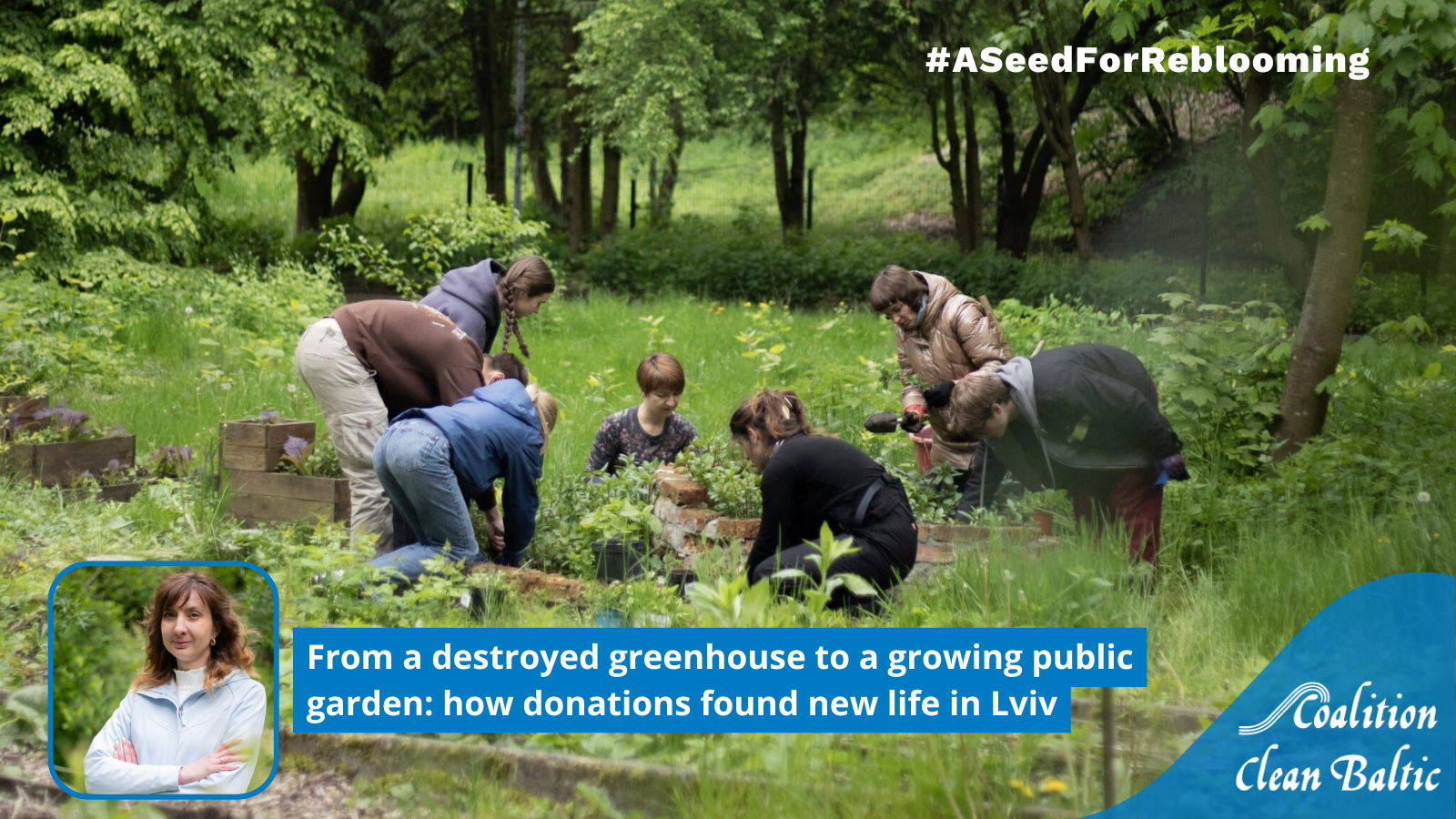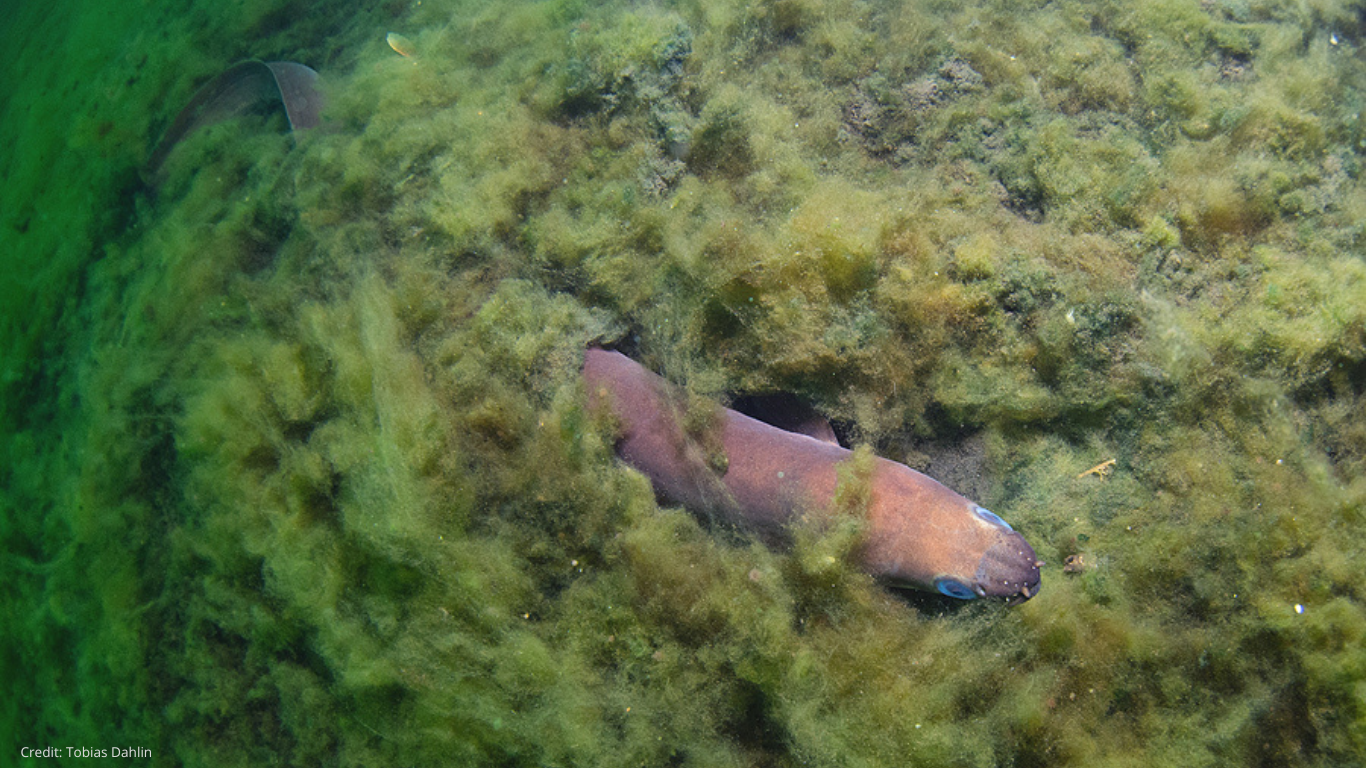No catches of European eel in 2026 can be in line with scientific advice
Widespread exploitation of the critically endangered European eel population continues against scientific advice, despite few signs of recovery. Yesterday, the International Exploration of the Sea, ICES, published its scientific advice on fishing opportunities and conservation for European eel for 2026. As in previous years, ICES advises zero catch for all life stages, all uses and in all habitats. The conservation advice is to reduce other human-related mortalities to zero and restore habitats.

The scientific advice on European eel requested by the EU, the UK and Norway makes very clear that no catches can be considered sustainable and that the “zero catch” [1] also applies to glass eel landings for restocking [2] and aquaculture. The message is reinforced by the advice on conservation aspects, highlighting the need to reduce other anthropogenic mortalities to zero, as well as restore both the quantity and quality of eel habitats.
The European eel (Anguilla anguilla) is a critically endangered species [3] that has suffered a dramatic decline in numbers over the past 30 years [4]. Despite the need for protection and efforts to aid its recovery, European eel continues to be fished across most of its natural range.
In the past decade, total reported commercial landings of yellow and silver eel have remained above 2 000 tonnes per year; according to ICES, several countries continue to report annual landings [5] of over 100 tonnes. Reported commercial glass eel landings [6] remain above 55 tonnes. Where available, estimates of national recreational landings of yellow and silver eels [7] show that they can be of the same order of magnitude as those of commercial fisheries. All in contradiction with the scientific advice.
Management in the EU is primarily through the Council Regulation (EC) No 1100/2007 establishing measures for the recovery of the stock of European eel. However, in response to an EU Special Request Advice for an evaluation of the national progress reports on eel management plans, ICES concluded that in most cases, escapement and mortalities are still far from the EU regulation targets and that there is no evidence that total silver eel escapement is increasing. Anthropogenic mortality also remains high. [8]
The need for further measures to aid eel recovery has been debated and implemented across and beyond the EU, but these are not sufficient. The Baltic Sea region is of particular importance since most eels here grow into large females, crucial to the success of spawning.
“The loss of the European eel would mean more than the disappearance of a species, it would signal the collapse of an entire ecosystem connection from Europe’s rivers to the Sargasso Sea,” comments Aimi Hamberg, CCB Marine Policy Officer. “Protecting the eel now is about restoring balance to our waters”.
Eel fishing closures, together with a complete ban of recreational fishing, intended to protect eel migration and recruitment have been adopted in EU marine waters [9], yet fishing mortality for both glass eels and silver eels remain too high. [10]
“Management of European eel continues to be contrary to scientific advice,” says Niki Sporrong, Senior Policy Officer & European eel Project Manager at FishSec. “Agreed EU objectives for the rebuilding of fish stocks and biodiversity are simply not applied to European eel. Urgent measures to minimise eel mortality must be implemented now, in both national inland, EU and international waters”.
—END—
FishSec – the Fisheries Secretariat is a politically independent non-profit organisation dedicated to
the protection and restoration of marine ecosystem services, with a focus on fisheries. FishSec was established in 2003 by the Swedish Society for Nature Conservation, WWF Sweden and the Swedish Anglers’ Association. More info at www.fishsec.org
Coalition Clean Baltic (CCB) – Is a politically independent, non-profit association, with over 1 500 000 members in all countries around the Baltic Sea. The main goal of CCB is to promote the protection and improvement of the Baltic Sea environment and its natural resources for present and future generations. More info at: www.ccb.se
***
NOTES TO EDITORS:
Press release on FishSec’s website is available here.
[1] ICES has advised that all anthropogenic mortality should be kept as close to zero as possible since 2003 (ICES, 2020). Since 2021, the advice has changed to zero for all anthropogenic mortalities, including all fishing.
[2] Restocking involves catching wild glass eels in one place and letting them go in another, often spreading viruses and disease in the process. It has been used for decades in many countries – not as a conservation measure but in order to sustain fisheries for eel. Despite the prolonged practice, no net benefit to eel reproduction has been proven. In its advice for 2026, ICES notes that “restocking is reliant on a glass eel catch, which is in contradiction with the current advice”.
[3] The European eel (Anguilla anguilla) is listed as Critically Endangered by IUCN, and is on the European Red List for freshwater fish. It is also included in Appendix II of the Convention on Migratory Species (CMS) and listed in Appendix II of the Convention on International Trade in Endangered Species of Wild Fauna and Flora (CITES).
[4] The International Council for the Exploration of the Sea (ICES) data on recruitment shows a dramatic decline since the assessment baseline (1960-1979), and no significant recovery. Glass eel recruitment continues to be very low. This year, the preliminary estimate for the North Sea area is 0.7 % of the baseline average and for “elsewhere Europe” 12.1 %. Yellow eel recruitment in 2024 was estimated to 14.3 %.
[5] Trends in landings – reported commercial landings of yellow and silver eel continue to fall overall. In 2023, landings were 2,291 tonnes and in 2024, landings were around 2,055 tonnes, if we assume that Germany landed >200 tonnes based on landings from recent years. However, the Netherlands and stands out for significantly increasing reported commercial landings since the EU eel regulation was adopted. Egypt, which has a substantial fishery for European eel and mainly targets yellow and silver eel, does not report any data to ICES and is not included in the overall estimates.
[6] EU glass eel landings – in 2025, reported commercial landings of glass eel, a fishery completely dominated by France, were at 57 tonnes. In France, landings have been increasing since 2010 and peaked at 54.5 tonnes in 2022. This year, France reported landings of 52.5 tonnes (prel. figures) – 94% of the EU catch. After Brexit, UK landings have fallen dramatically, from more than 3 tonnes to 0.6 tonnes in 2025. Spain is the only country still fishing for glass eel in the Mediterranean.
[7] Recreational landings of yellow and silver eel are completely dominated by Germany. Total reported recreational landings for 2022 – the last year with complete figures – was 551 tonnes. In Germany, recreational landings remain very high, higher than reported commercial landings, with 275 tonnes reported for 2022. This is more than half of all reported recreational landings in the EU (52%).
[8] Assessment of European eel is complex due to the great geographical range of the population, including a number of countries outside of the ICES areas. This makes it impossible for ICES to use fishing mortality, Maximum Sustainable Yield (MSY) and other standard reference points for eel. As data on eel fisheries and other anthropogenic impacts remain incomplete, the assessment is based on time series for glass eel and yellow eel recruitment. Even without defined biological limit reference points, it is ICES assessment that the European eel population remains well below any potential reference points, such as Blim.
[9] Only three EU countries – Ireland, Malta and Slovenia – have prohibited all fishing for the European eel, despite the fact that it is also on the European Red List of Freshwater Fishes. Six EU countries still landed over 100 tonnes in 2024: the Netherlands (479 t), France (319 t), Germany [extrapolated from latest reported landings of >200 t], Poland (152 t), Sweden (149 t) and Denmark (101 t). Outside of the EU, Turkey (280 t) also reported landings over 100 tonnes.
[10] Eels have a complex life cycle, going through several different life stages and generally live for 10–20 years. The very small, translucent eels arriving at European coastlines every year are called glass eels. When they reach brackish or fresh waters, they transform into less transparent elvers, and then grow into yellow eels, which live along our coasts, in rivers and lakes for up to 25 years. When mature, they transform again into silver eels, which will undertake the long journey to the Sargasso Sea to spawn.

